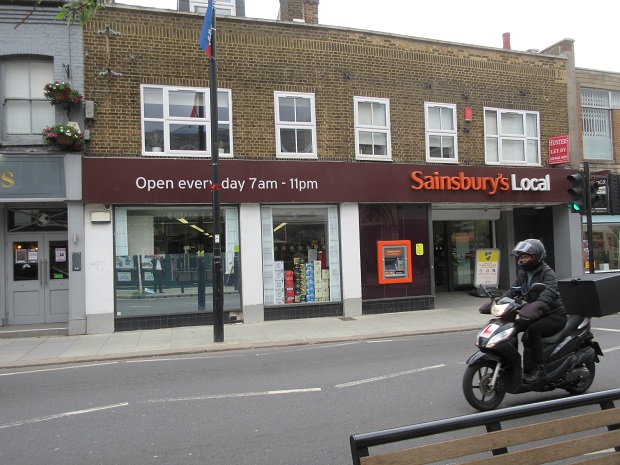

Barnet High Street is to lose one of its convenience stores — the Sainsbury’s Local at 146 High Street is to close later this year.


Barnet High Street is to lose one of its convenience stores — the Sainsbury’s Local at 146 High Street is to close later this year.
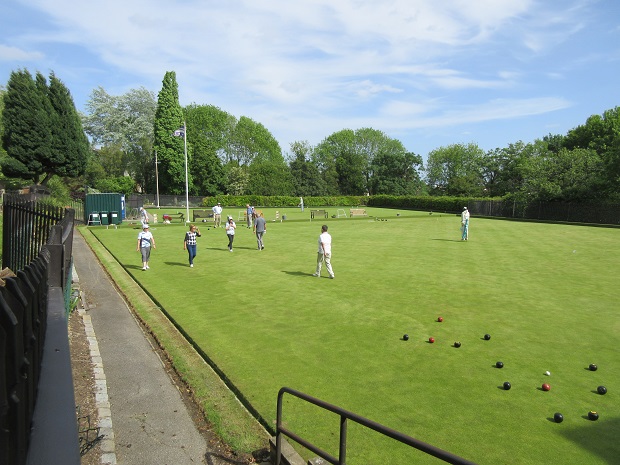

Barnet Council is to charge £790 during the summer months to remove grass clippings from High Barnet’s two bowling greens — way above the £210 that was charged last year.
Continue reading Hefty bill for taking away grass cuttings causes consternation at Barnet Bowls Club
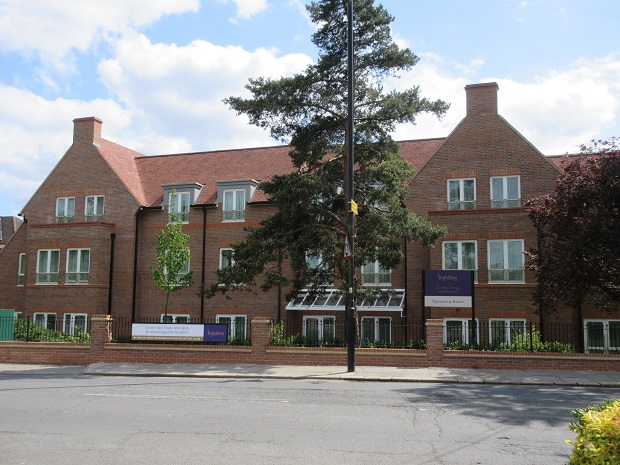

After investing £22 million in building a 100-apartment luxury care home in Wood Street, High Barnet, the Signature Care Homes group has now embarked on a marketing drive to attract future residents.
Continue reading Barnet’s high-end new care home seeks to attract residents for 100 apartments
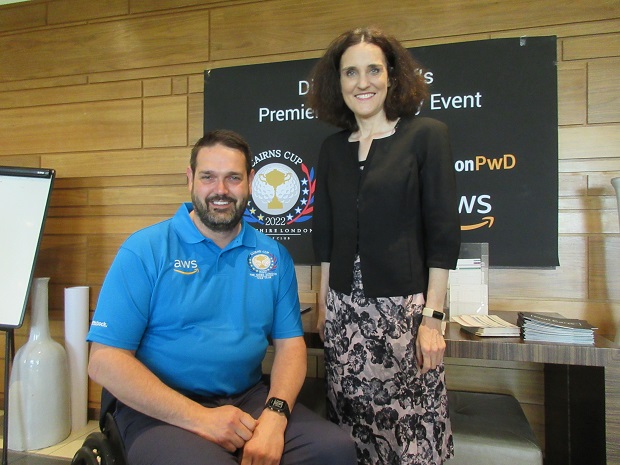

Golfers with disabilities assembled at The Shire golf course in St Albans Road, Barnet, for the launch of the Cairns Cup, a new international disability golf competition between teams from Europe and the USA.
Continue reading Disabled golfers stage new international tournament at Barnet’s 18-hole course
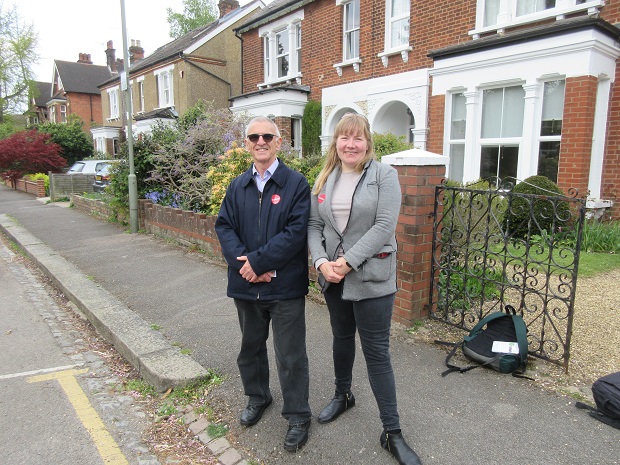

Labour has taken overall control of Barnet Borough Council for the first time since the London boroughs were created in the 1960s — and High Barnet is one of the former Conservative strongholds that now has two Labour councillors.
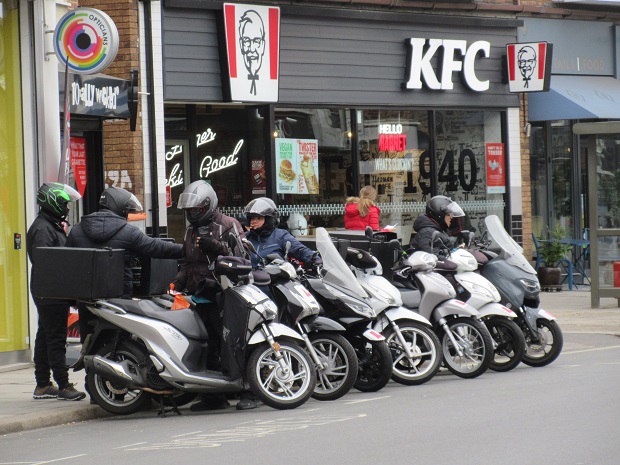

Barnet High Street is busily adapting to changes in trading patterns that developed during lockdown, and which seem to be here to stay given the ability of so many employees to work from home.
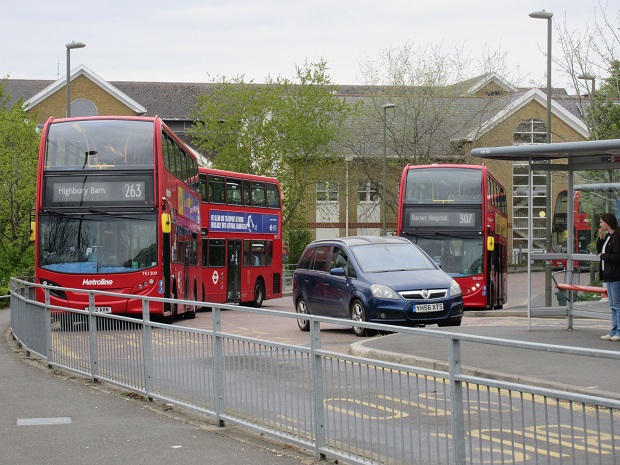

Transport for London has rejected a plea for out-of-service buses to offer a skeleton 84 service when heading back and forth between Potters Bar bus garage and stops where services start and terminate in High Barnet.
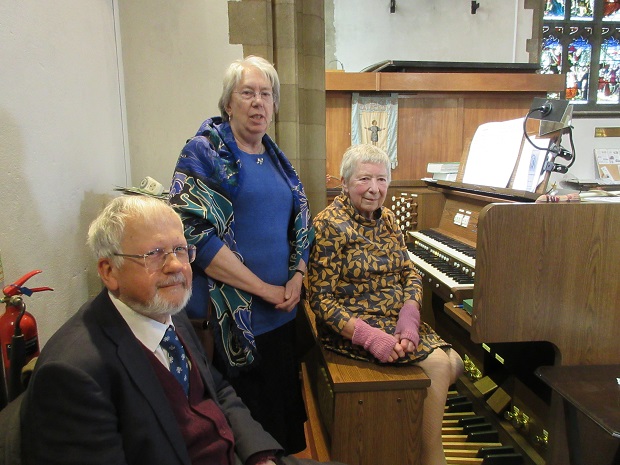

Organ and piano pieces by the celebrated Barnet organist and composer William Ralph Driffill were played for the first time in probably 100 years at a recital commemorating the centenary of his death.
Continue reading Recital commemorating much-admired Barnet organist, composer and music teacher
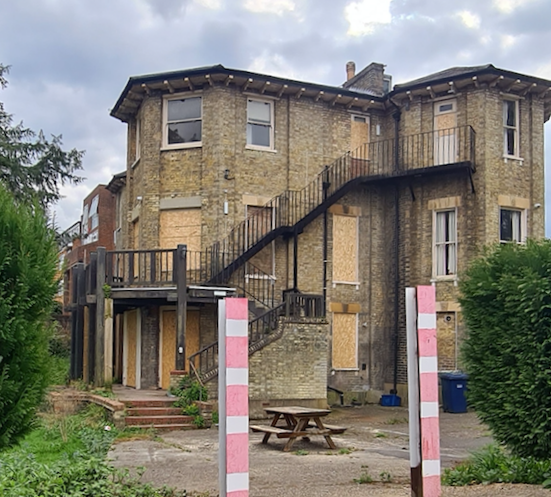
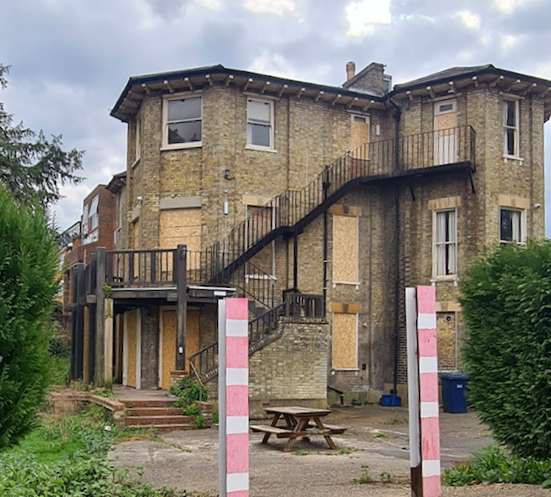
An application to demolish a much-loved heritage landmark in New Barnet has once again been thrown out by the planning system, but the building is now at serious risk from vandals.
Continue reading Planning appeal victory for locally listed landmark undermined by vandals


Knights on horseback are to feature for the first time in military re-enactments at the fourth annual Barnet Medieval Festival to be held in mid-June at the Byng Road playing fields.
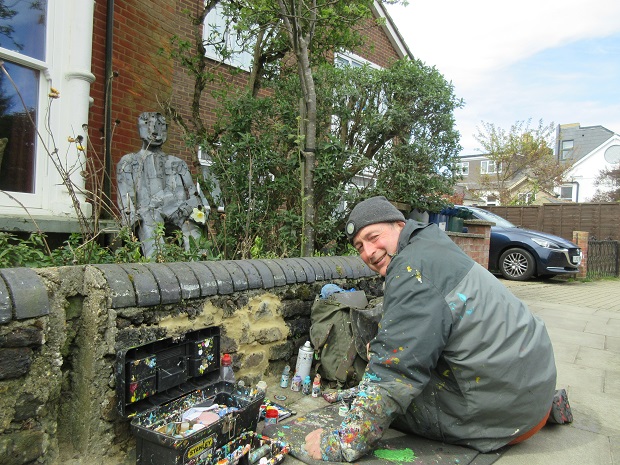

Residents were delighted to welcome back to High Barnet the celebrated chewing gum artist Ben Wilson who spent a day refreshing a trail of tiny pavement illustrations that starts outside his parents’ former home in Carnarvon Road and continues round the corner into Alston Road.
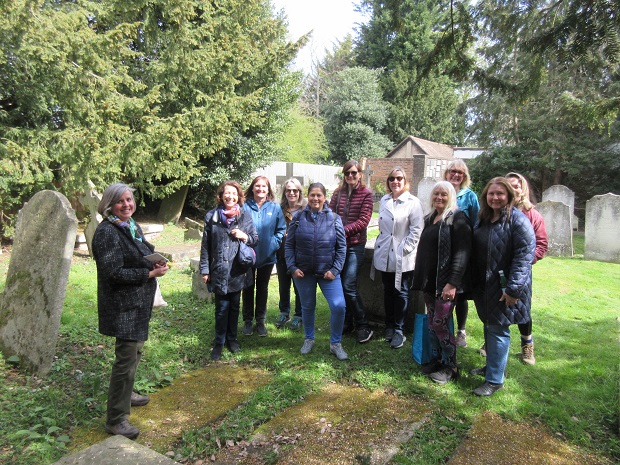

A two-century old gravestone in Monken Hadley churchyard was the final stop on a guided walk around locations associated with inspirational women from Barnet’s past.
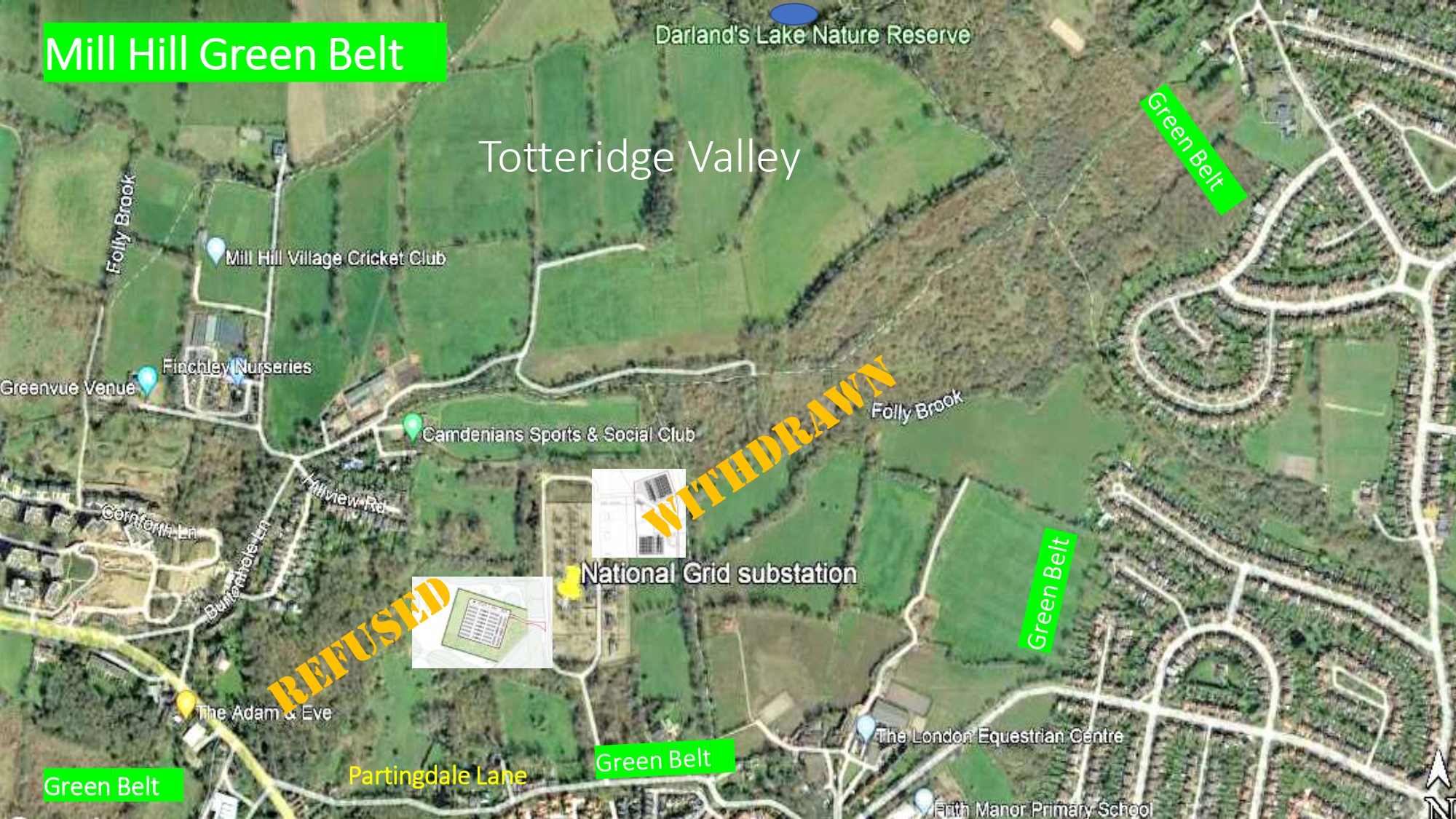

Barnet Council has refused planning permission for a 50-megawatt electric battery array in the green heart of the borough. An earlier application for a gas peaking plant nearby was withdrawn last year. Mill Hill’s Green Belt has been saved for the moment – but if the UK is serious about reaching zero-carbon, an alternative may still need be found somewhere in the vicinity.
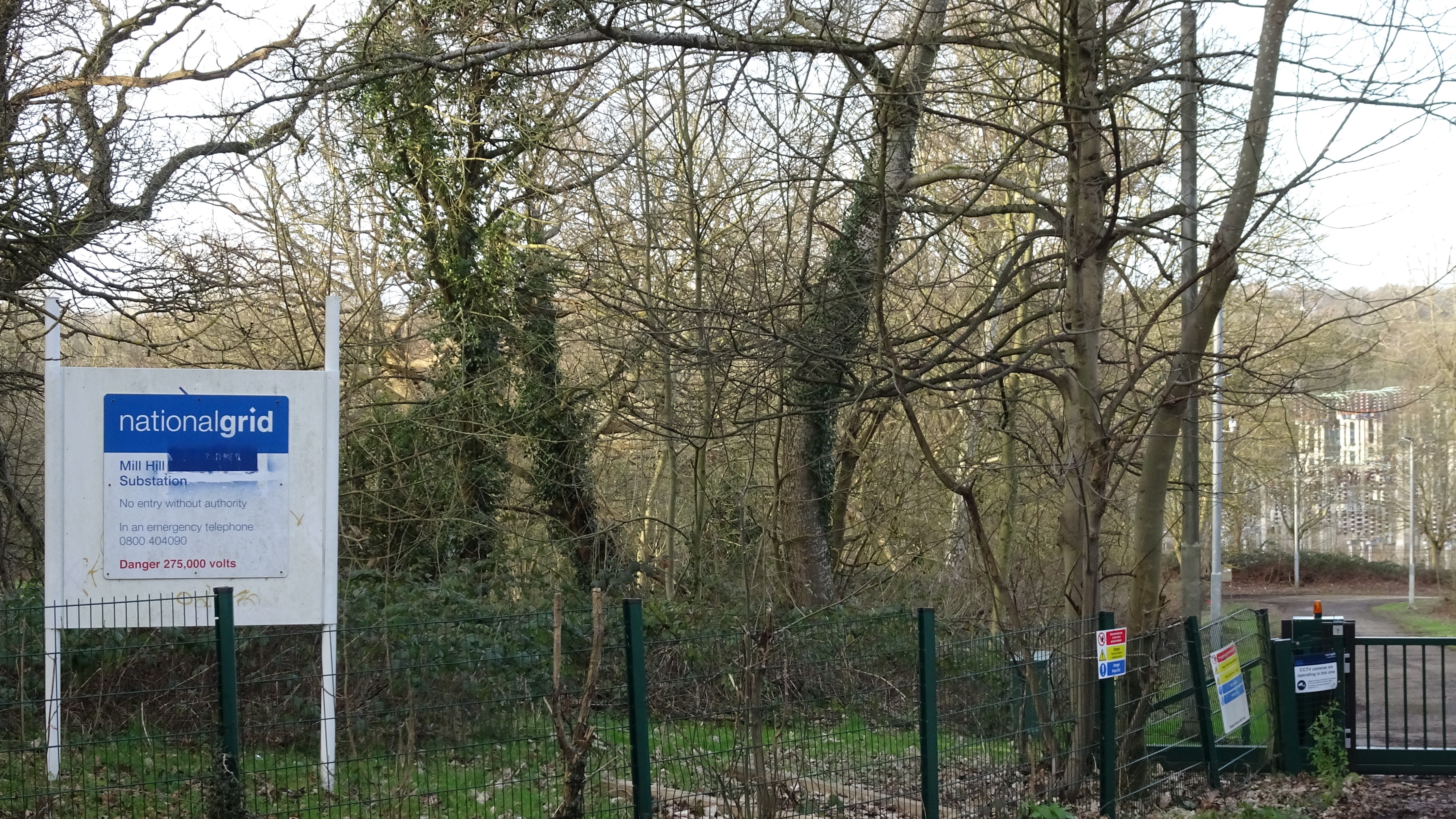
Tucked away on pastures north of Partingdale Lane and mostly screened by woodland is one of Barnet’s visual surprises – a National Grid substation that looks as if it recently landed from an alien planet. In fact it’s been there for years, largely unnoticed except by walkers or horse-riders. Equally surprisingly, it sits on Barnet’s Green Belt and a site of Metropolitan Importance for Nature Conservation (SINC).
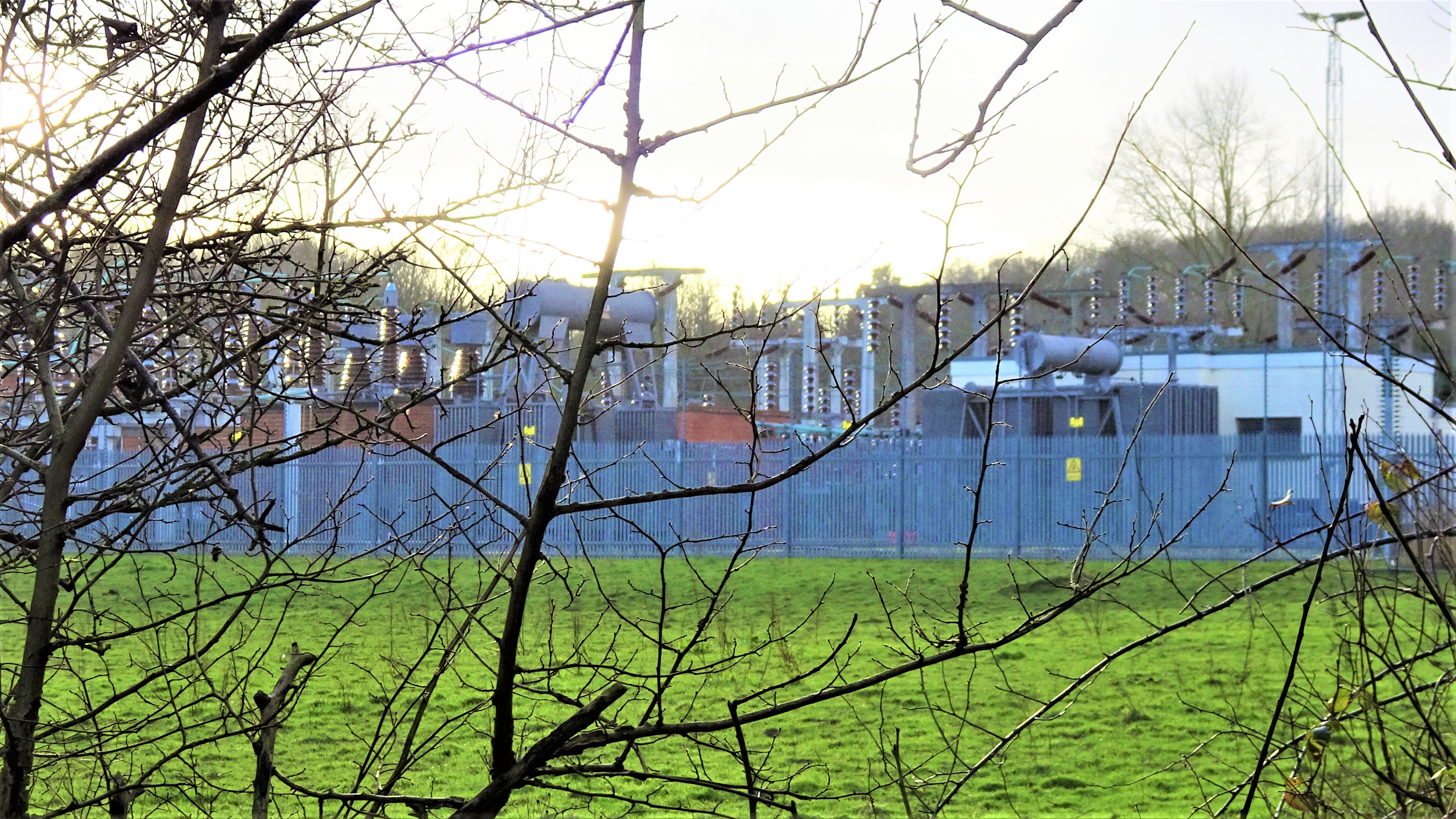
The site first came to the attention of many Barnet residents in 2019, when TNEI applied to build a gas peaking plant, increasing the footprint of the substation by some 25%, on the east side of the existing National Grid plant. TNEI’s justification was that it “would help to ensure that National Grid is able to ‘keep the lights on’ in the UK as the electricity system strives to maintain the balance between supply and demand while rapidly decarbonising.” Following over 400 objections, and perhaps a rethink about gas, the proposal was withdrawn a year ago.
Meanwhile Harbour Energy had submitted another application, to install a battery storage facility including 20 battery containers (each nearly 14m long and 3m high) and 10 inverter and transformer stations, plus security fencing and other associated works, on the west side of the plant. Harbour argued that the proposed development “would store power from the Grid at times of excess supply and would feed this power back into the grid at times of high demand/reduced generation capacity.” They claimed that no other suitable sites were available in or around Barnet.
This time there were 912 objections. They included one from Theresa Villiers MP on the grounds that, although outside her present constituency boundary, the battery array would adversely affect her constituents. She and others were very concerned about nitrogen oxide emissions, air and noise pollution, and their impact on natural habitat, wildlife and ecosystems. Most were also opposed to any encroachment onto the Green Belt or SINC.
That was also the Barnet Society’s chief concern. The site is part of a wonderful tract of fields and woods that survive between Totteridge and Mill Hill, much loved by the residents who live around it and walk or ride across it.
We didn’t dispute the growing demand for energy, but battery storage and power generation aren’t listed among the ‘very exceptional circumstances’ permitted by the National Planning Policy Framework. In our view, the development would only be justifiable as part of a coherent regional energy strategy that included detailed evaluation of alternative sites, endorsed by full public consultation and political support. None of these were evident. Approval would set a damaging precedent, opening the door to ad hoc proposals on other Green Belt sites.
We therefore welcomed the unanimous refusal of the application by Barnet’s Planning Committee B on 30 March, contrary to the Planning Officer’s advice to approve it.
The conflict between our environment and our demand for energy will go on. The government’s recently-published British Energy Security Strategy is too high-level to help in situations like this. It acknowledges planning issues, but doesn’t mention Green Belts once.
The threat to the Green Belt in Mill Hill has been beaten off, at least temporarily – but it’s under attack elsewhere. As I write, a proposal has been submitted for up to nine houses on farmland by Mays Lane, and a second application is in for Arkley Riding Stables off Barnet Road (this time for three, not four, houses). And a field by Hendon Wood Lane has yet to be cleared of builder’s mess after years of illicit use as a yard. The Society can’t drop its guard.
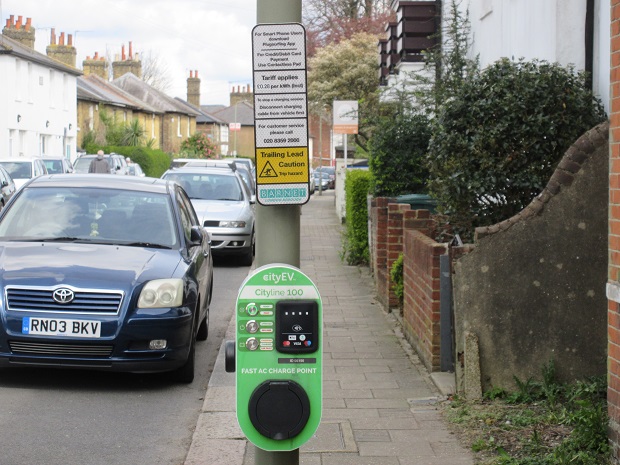

An online election hustings is being organised by local pressure groups in the run-up to the May council elections to promote what they believe should become a shopping list of environmental targets for a newly elected Barnet Council.
Continue reading Election campaigning to urge Barnet Council to try to become greenest borough in London
![]()
Street parties, ceremonial tree plantings and the lighting of the beacon on top of Monken Hadley church tower are just some of the local events being arranged to celebrate the Queen’s Platinum Jubilee in June.
Continue reading Preparations underway for celebrations marking the Queen’s 70 years on the throne
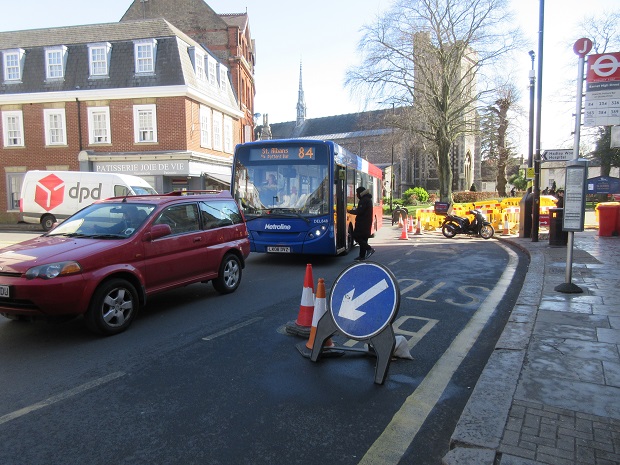

Bus passengers mourning the loss of the 84 service from New Barnet to Potters Bar have taken to social media to express their anger.
Continue reading Dismay and anger over withdrawal of 84 bus between New Barnet and Potters Bar


Last night Barnet Council’s Strategic Planning Committee unanimously approved conversion of the existing building into a 90-place school for pupils with Autistic Spectrum Disorder (ASD), despite concerns on the part of the Barnet Society. We wish it well, however – and hope it will trigger use of King George’s Fields for outdoor education, and perhaps a Forest School.
The Windmill School is sponsored by Barnet Special Education Trust (which already runs Oak Lodge School in East Finchley) and will be the first publicly funded school for Autism in the Barnet area. Public consultation on the proposal opened last October, with an exhibition in Tudor Hall. The scheme was described by Nick Jones here.
The origins of the proposal go back to 2017, when the Trust began searching for a suitable site for a second school. The offer of Department for Education funding to acquire a site, design and build a new school was never going to be turned down by the Council. Barnet is short of places for children on the Autistic spectrum and many sites were considered – though not, apparently, the Whalebones estate, which some would regard as an ideal site for a school, especially one wishing to develop an outdoor curriculum.
By 2021 the search was getting desperate. The Council rejected our suggestion of converting Grasvenor Avenue Infant School, which is due for closure. Its plan is to utilise the premises as an annex to Northway Special School. Due to the demand in Barnet for specialist places for ASD, both sites are apparently required to meet the demand.
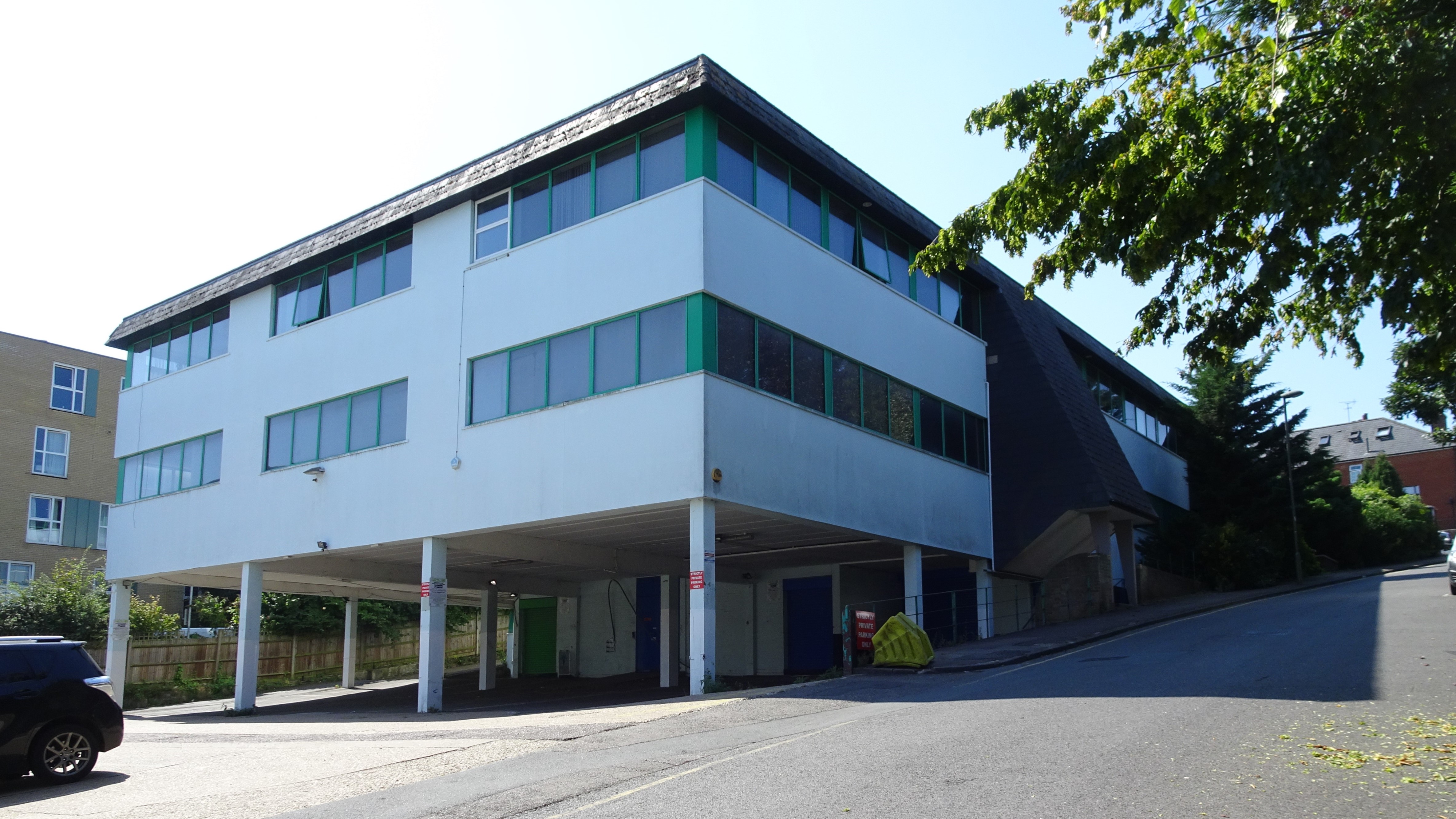
No.50 Moxon Street was deemed the only remaining option. Over the last decade, numerous new schools and academies have been accommodated in redundant commercial and industrial buildings, often on confined urban sites. Where cleverly adapted, they can work well. But since most lack much in the way of outdoor space, they generally depend on timetabled access and imaginatively landscaped play terraces to compensate.
And while they can work for able-bodied and orderly pupils, this is often not the case for those with ASD. Their behaviours are often solitary and challenging, and so require more personal space than other children. Compounding the problem, Windmill School would have a very wide age range, from 5 (but sometimes cognitively younger) to 19. Each age and ability group would need its own appropriately designed and sized play facilities, which could not readily be shared. It’s also increasingly being realised that natural outdoor environments are particularly beneficial for those with ASD.
At Windmill, most outdoor needs will have to met in a rooftop playground that is only about 20% of the DfE’s minimum area recommendation for a school of this size and type. This causes us deep concern. The Trust’s Development Director, Ian Kingham, admitted to the Planning Committee that the playground was “woefully under area” but said that it was “the best option we have”.
Mr Kingham also asserted that the costs of transporting pupils to nearby outdoor green space “would not be a material factor”. But enabling children with ASD to access them safely requires commitments of time and staffing that most schools find hard to fund at the best of times. Sadly, because of the 2.5-metre solid wall around the rooftop playground, the nearby greenery will be almost invisible during normal play-time.
Those were the main reasons our Society Committee was concerned, but before deciding, we canvassed our members. For every member in favour, 14 opposed it. So we felt we had to object to the planning application, much though we like the principle of an ASD school.
It would be great if the Council’s decision galvanised the planners, Town Team and Chipping Barnet Community Plan to do something to improve connections from the town centre to King George’s Fields. Our existing woodland is potentially a marvellous Forest School only 50 metres from Moxon Street – but there’s currently no direct access between the two. Before long, proposals are expected for 49 Moxon Street, the property that blocks the way. It could be made a condition of planning approval that a public right of way is granted across the site to enable Windmill pupils – and the public – to benefit from the beauty and educational value of one of Barnet’s wonderful natural resources.
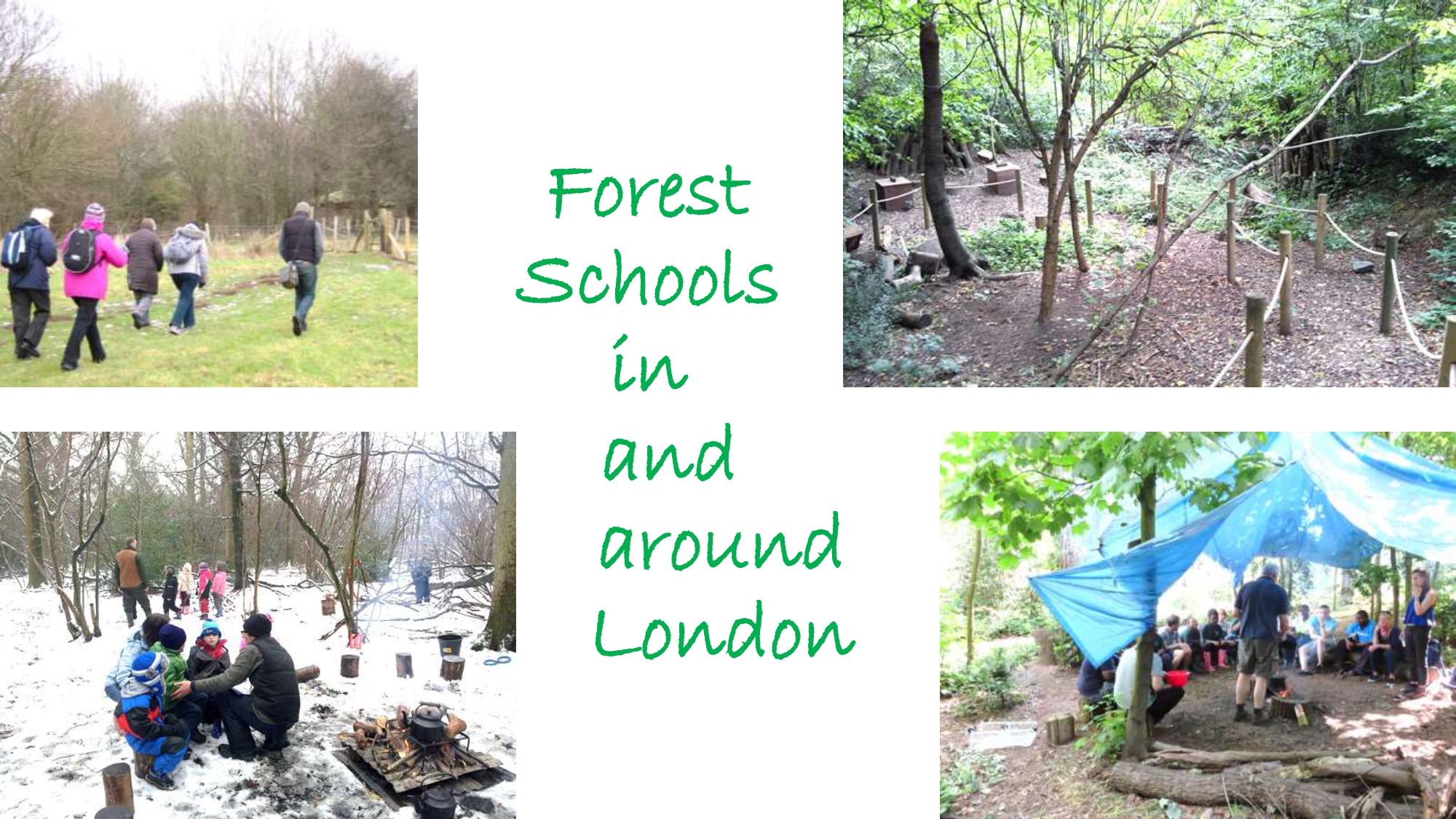
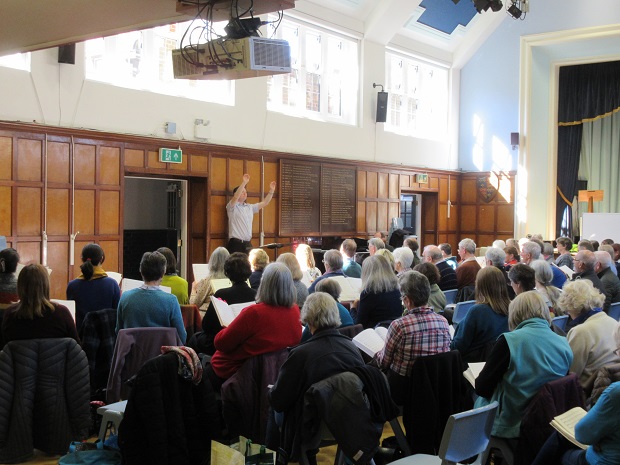

After missing out on so much during the Covid.19 pandemic, Barnet Choral Society are in final rehearsals for a belated 80th anniversary concert — a performance of one of the great challenges of choral singing, Edward Elgar’s The Dream of Gerontius.


The bridegroom at this fashionable Monken Hadley wedding early in the last century was William Ralph Driffill, who became an admired organist and composer.
Continue reading Barnet wedding photo: a reminder of a family history with a musical twist
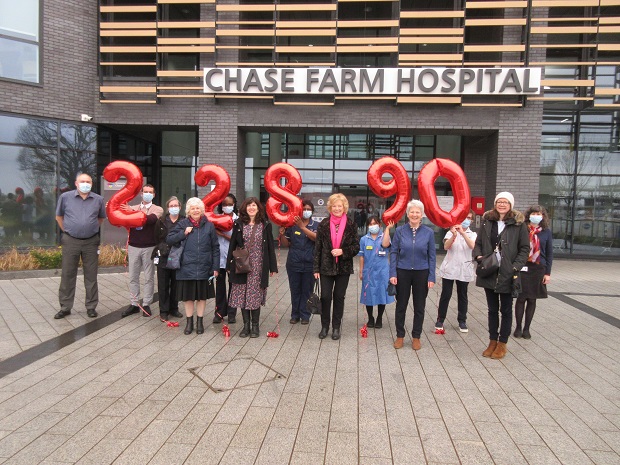

Chemotherapy patients receiving treatment at Chase Farm Hospital will benefit from two new cooling cap systems to be purchased with funds raised by Barnet and District CancerLink.
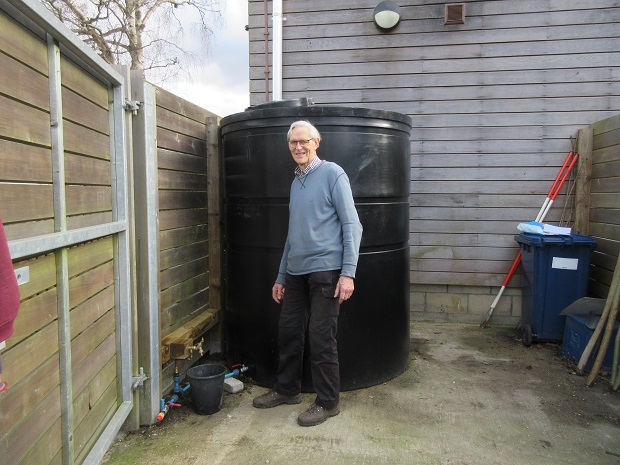

Saving rainwater is becoming ever more important in the face of global warming and our unusually dry summers…so Barnet Environment Centre in Byng Road has installed a giant water butt to capture and store all it can.
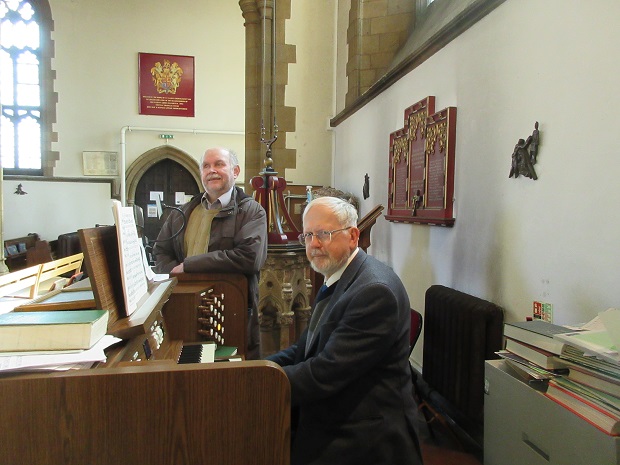

A recital is to be held at St Mark’s Church, Barnet Vale, in April to commemorate the 100th anniversary of the death of a celebrated organist and composer who lived in Barnet and whose organ and piano scores reflected the musical fashions of the Victorian era.
Continue reading Appeal for information about an admired Barnet church organist and composer
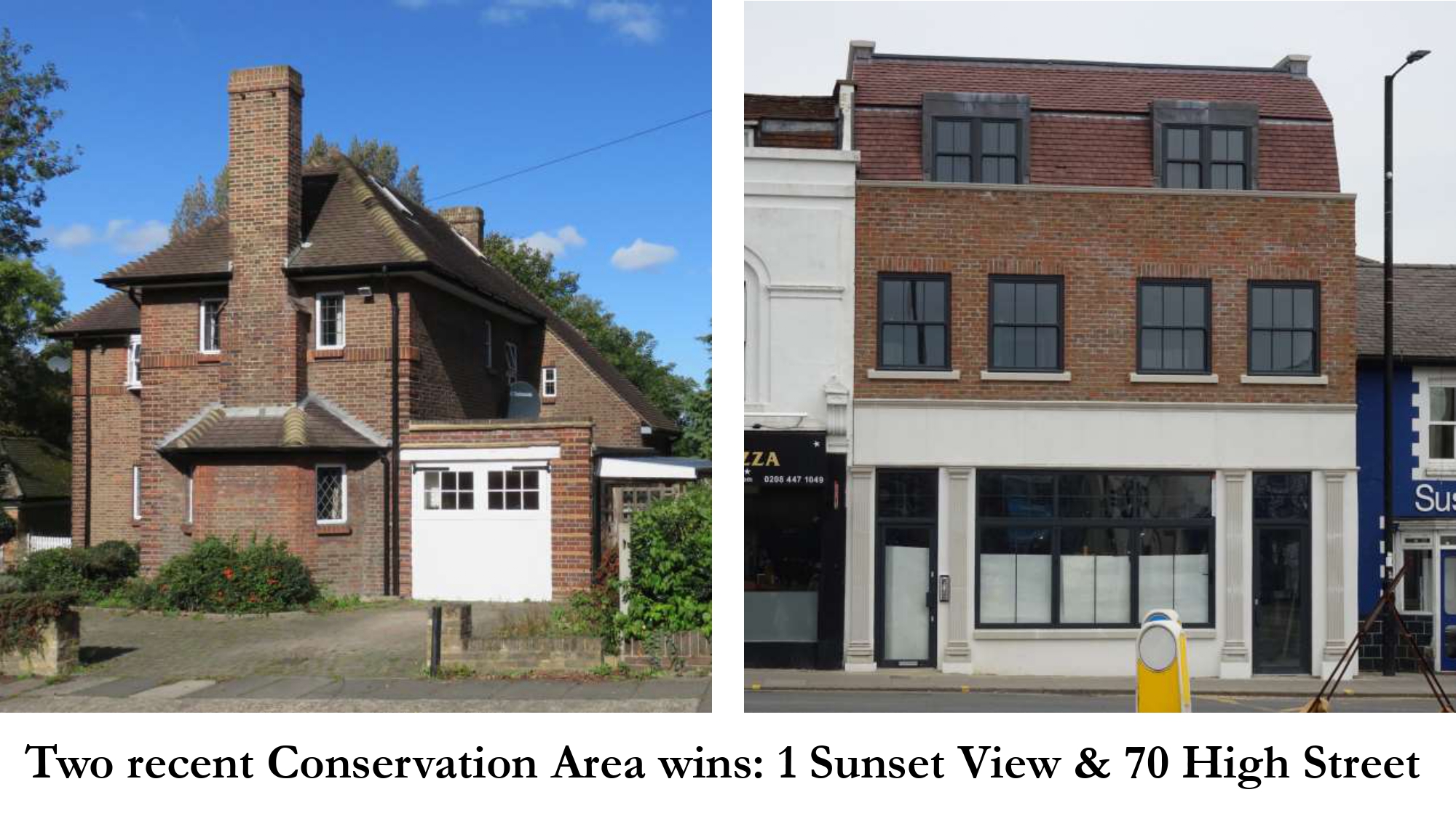

Eighteen months ago, the Barnet Society wrote that flouting of planning laws at 1 Sunset View and 70 High Street would be tests of Barnet Council’s will to enforce its planning decisions. Both owners appealed against Enforcement Orders, and both have lost. The decisions are significant victories over the degradation of Barnet’s Conservation Areas.
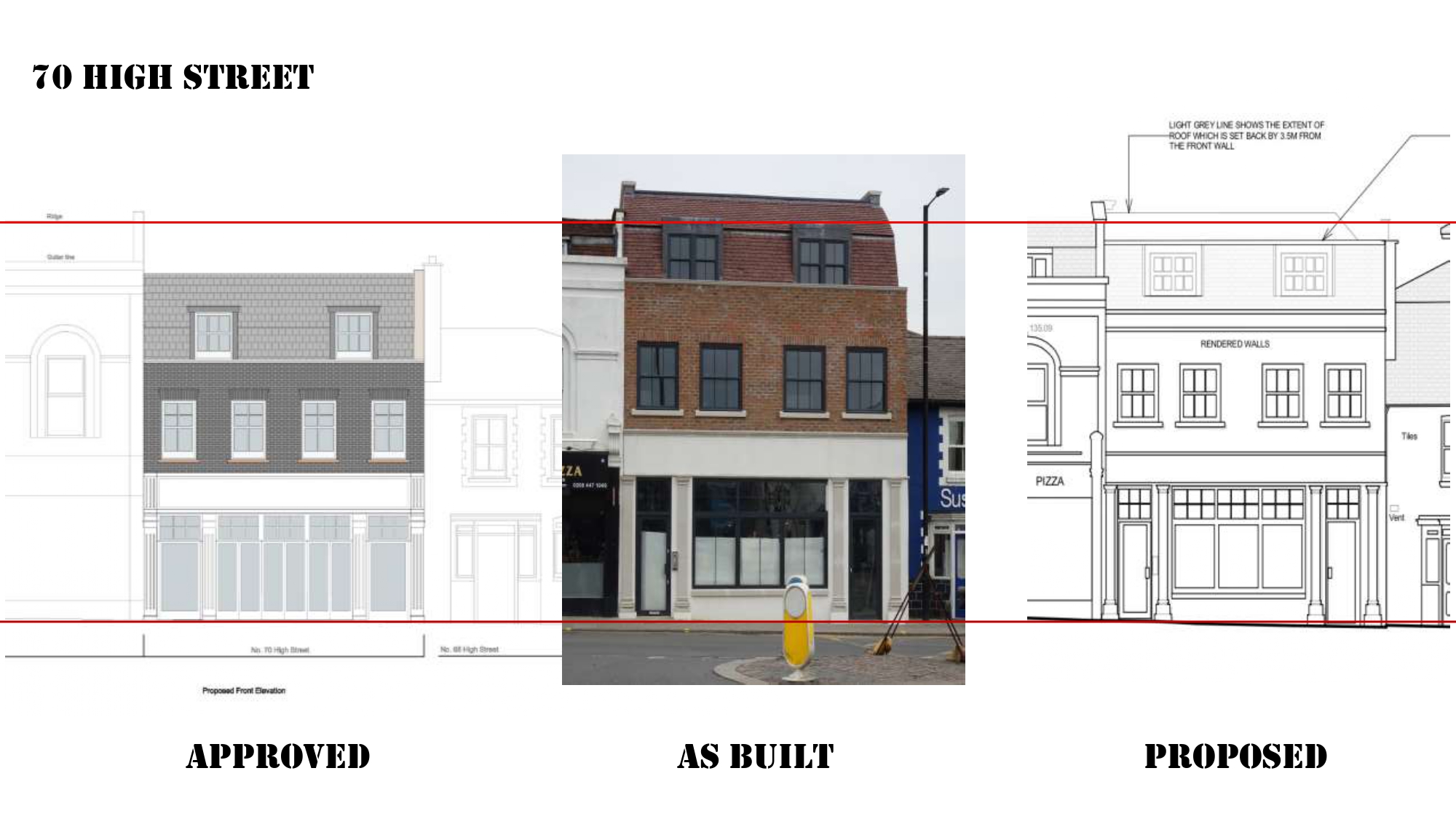
The saga of 70 High Street, which is within the Wood Street Conservation Area, was described in our web post last October. A Planning Inspector ordered the building, which exceeded its approved height by about 1.5m, to be demolished and the previous building to be reinstated.
A new planning application (no. 22/0835/FUL) has recently been submitted. Despite the inspector’s stipulation that the building be rebuilt as it was before, the new owners propose just to reduce the roof height but retain most of what has been built. The resulting facade is a poor effort which still clashes with its neighbours. We will be submitting comments shortly.
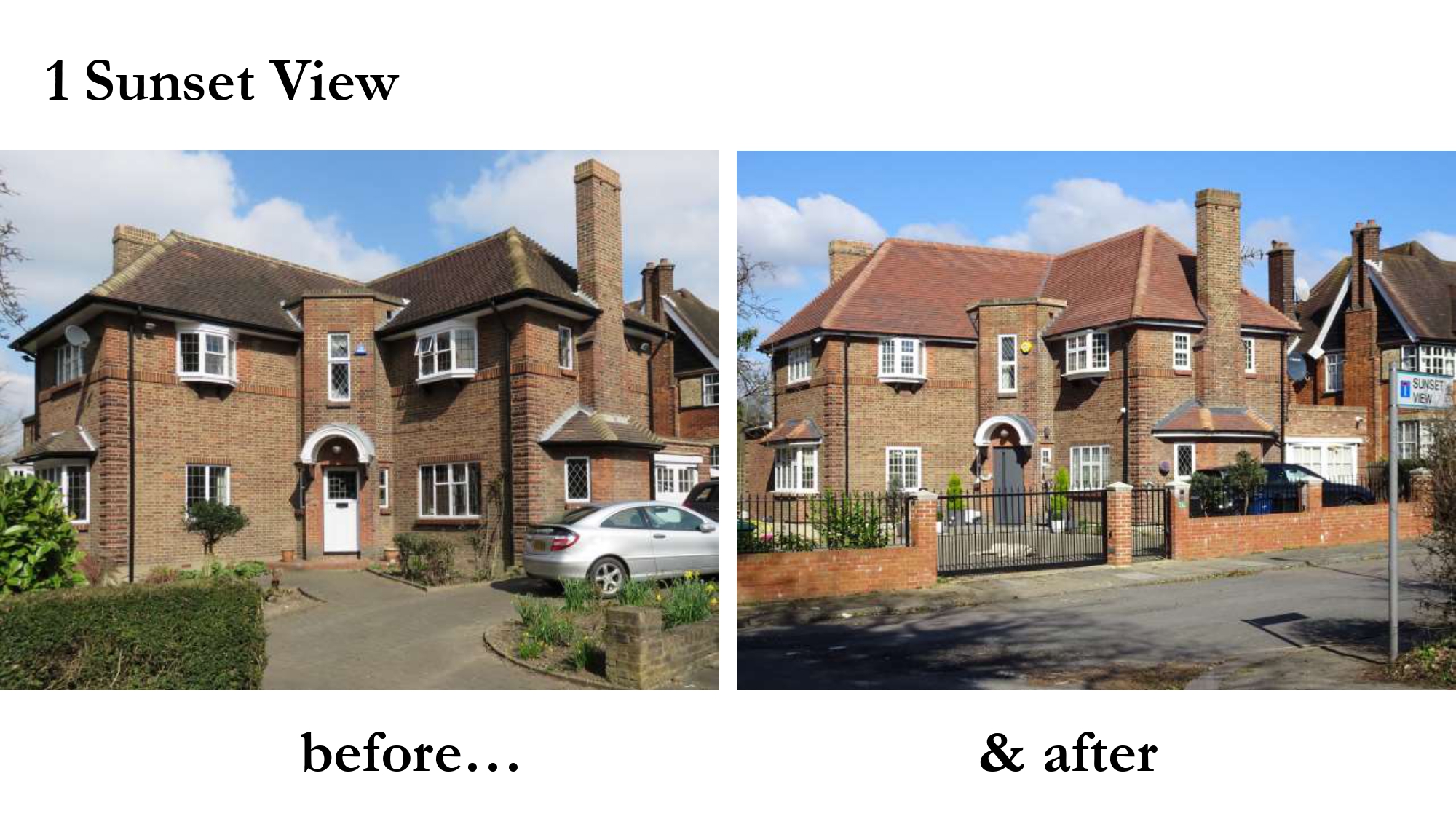
No.1 Sunset View was one of the best and most prominent houses in a road that is a North Barnet classic of garden suburb design, master-planned and largely designed by local architect William Charles Waymouth in the early 20th century. The houses are attractive variations on Arts and Crafts themes, and together comprise an unusually complete and high-quality development for its period. It’s an important part of the Monken Hadley Conservation Area.
The Society got involved almost five years ago, when a planning application was submitted to make drastic alterations and additions to the house. It was strongly opposed by local residents and the Society, and was withdrawn. We nominated the house for addition to the Council’s Local Heritage List, and in July 2019 it was formally Listed. The Council’s citation draws attention to the “considerable variety of well-crafted brickwork, door and window details…unified by consistency of materials” and mentions its attached garage, something of a novelty in the early days of mass motoring.
In 2018 another application was made, but refused. A third application was less damaging than the previous two but was still opposed, though this time it was approved.
In spring 2019 work started on site, but we became concerned when the original brown roof tiles were stripped off, smashed and replaced with red. When unauthorised rooflights appeared, the planners served a Breach of Condition Notice. You’d think that might have been a warning to the owner, but apparently not.
Over following months, the rear balcony was demolished and chimneys rebuilt, but not exactly as before. Original Crittall windows were replaced with clunky uPVC. New side windows appeared. The traditional front door was replaced with a modern one. The integral garage was rebuilt – taller than before, and with a new window behind fake garage doors. The freestanding garage in the same style as the house was demolished and replaced with a wider, more modern garage with an up-an-over metal door. The low brick front garden wall was replaced with high railings. The front garden was covered with concrete paving blocks. The attractive Arts & Crafts interior was gutted.
None of these changes were in materials or style faithful to the original, and none was made with planning consent – a requirement in Conservation Areas. Cumulatively, they seriously eroded the house’s original quality. The Council issued several Enforcement Notices, and in November 2020 the owner appealed against them.
Finally, after a 15-month wait, a Planning Inspector has upheld all but one of the Council’s Notices. The bricks used in the extensions can stay, but all the other features must be removed and replaced to match the originals. The owner has six months to do the work.
Sunset View resident Bill Foster commented,
“It is great news that the Planning Inspectorate has ruled in favour of Barnet Council’s Enforcement Notices and many of No 1’s architectural features that were removed will have to be restored. Hopefully this will also send a clear message to anyone else seeking to make inappropriate alterations to buildings in a conservation area that they won’t get away with it. We are very grateful to the Barnet Society for all the support given to us over the past five years.”
Both 70 High Street & 1 Sunset View have been important victories in the cause of protecting the Conservation Areas. They have demonstrated that the planning system can be brought to bear against demolition (or partial demolition) of heritage assets without consent and building something which flies in the face of what has been given consent. Both cases have been a huge waste of time (and money) because we shouldn’t have to defend what is so clearly expressed in the law and the planning system. We hope the outcomes will serve to increase awareness of this, and show developers that Barnet is not a pushover.

A better approach to building in a Conservation has recently been illustrated at the other end of Sunset View. Last year, the owner of another of the street’s charming houses wanted to replace its porch and make some other modifications, and consulted the Society on their design. We made some constructive suggestions – and lo! Some changes in keeping with both house and street.
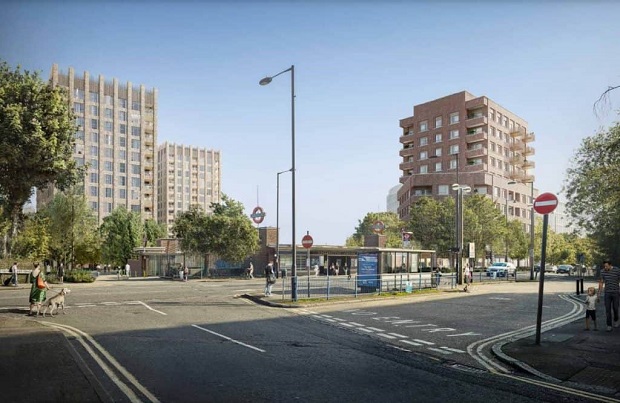

After the go ahead was given last month for controversial plans to build tower blocks of flats on the two car parks at Cockfosters tube station the government has intervened at the last minute to halt the project.
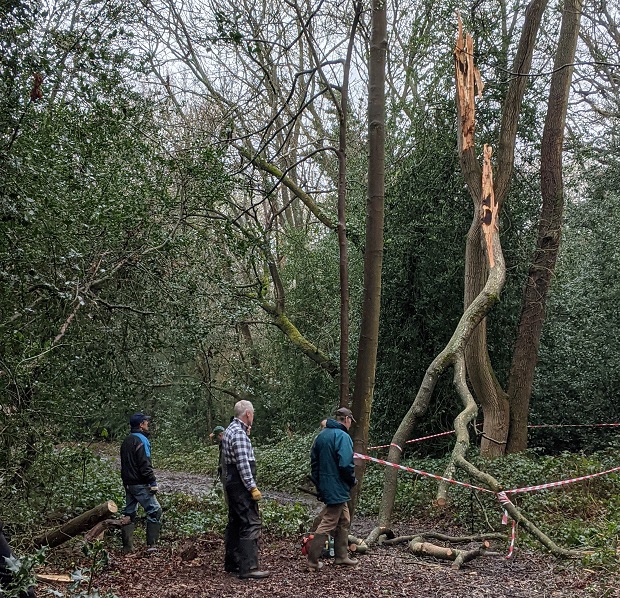

Volunteer working parties have managed to clear fallen branches and mark with hazard tape some of the twenty or so trees on Monken Hadley Common which were brought down in Storm Eunice.
Continue reading Warning to walkers: avoid hazardous trees yet to be cleared on Monken Hadley Common
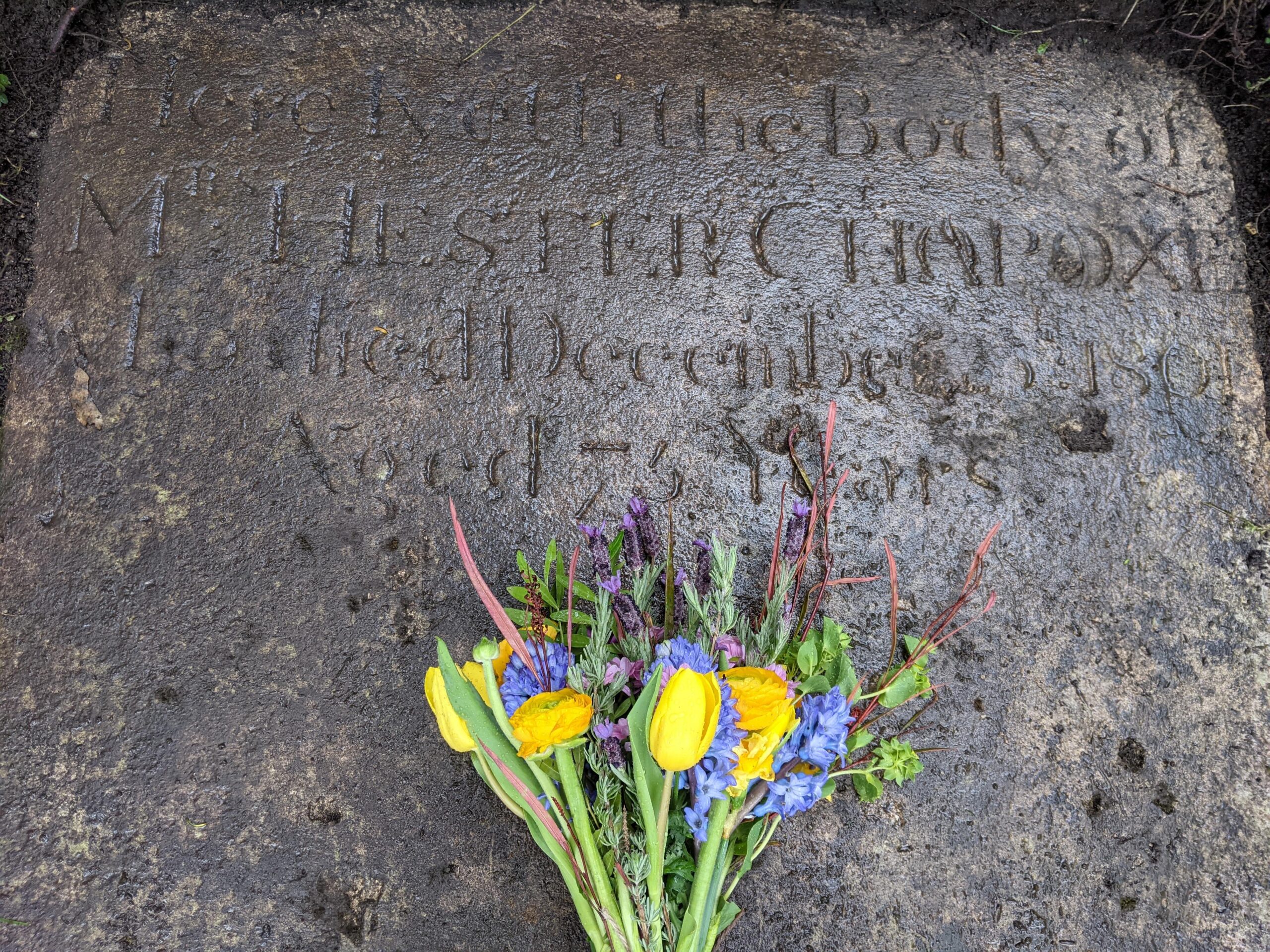

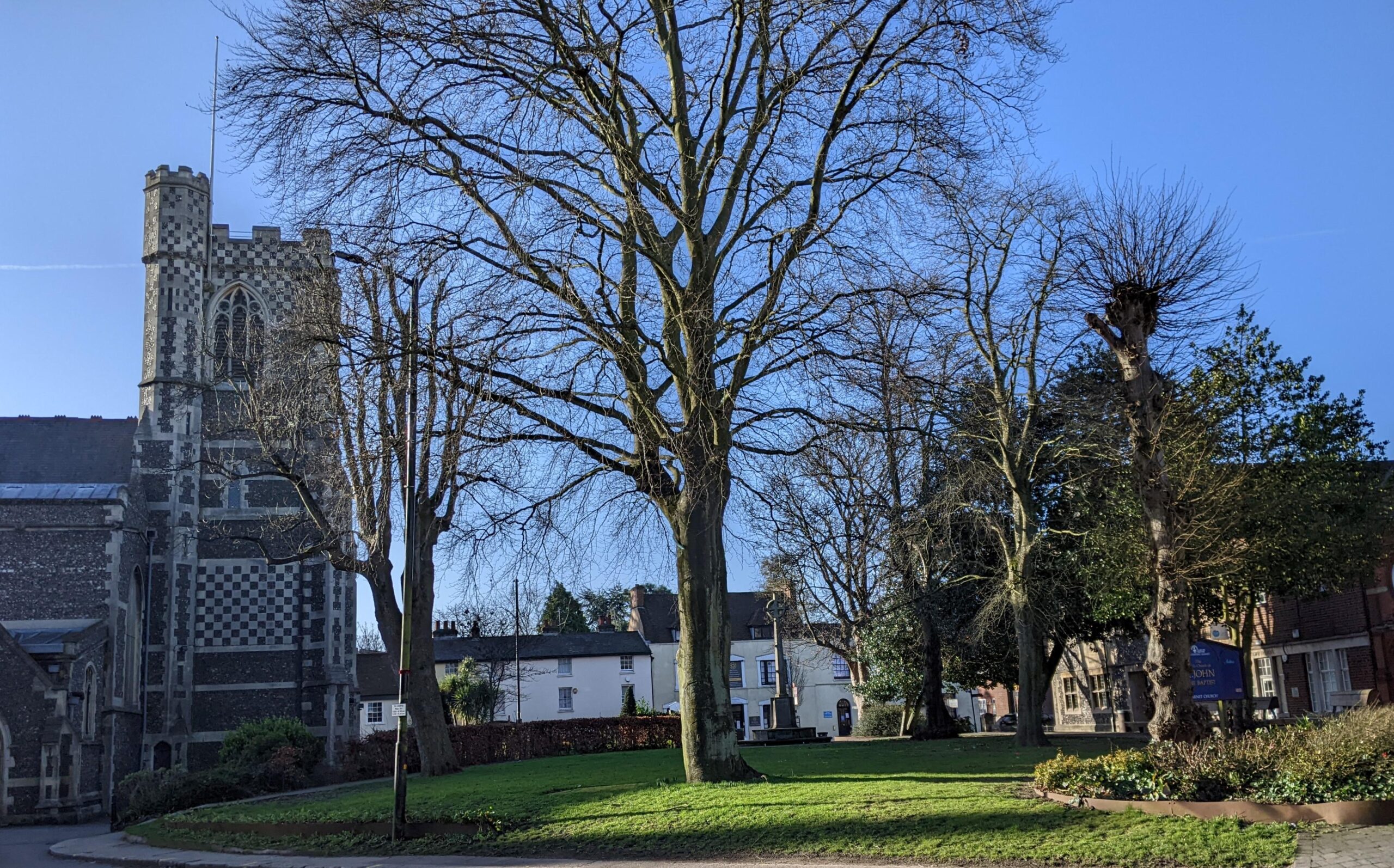 To celebrate women’s history month two guided walks are being held to raise awareness of the buildings and places that are associated with inspirational women from Barnet’s past.
To celebrate women’s history month two guided walks are being held to raise awareness of the buildings and places that are associated with inspirational women from Barnet’s past.
Continue reading Remembering Barnet’s remarkable women — join the walk
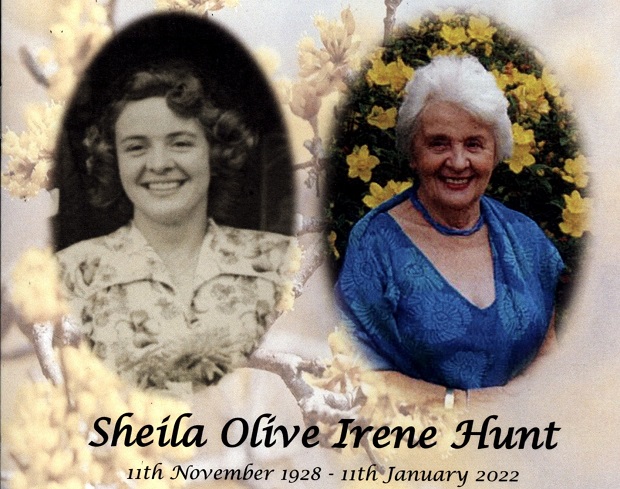

Sheila Hunt, who for almost fifty years was an inspirational leader for the Girl Guides movement in High Barnet, has died at the age of 93.
Continue reading Barnet Brownies and Guides pay tribute to a leader who inspired so many
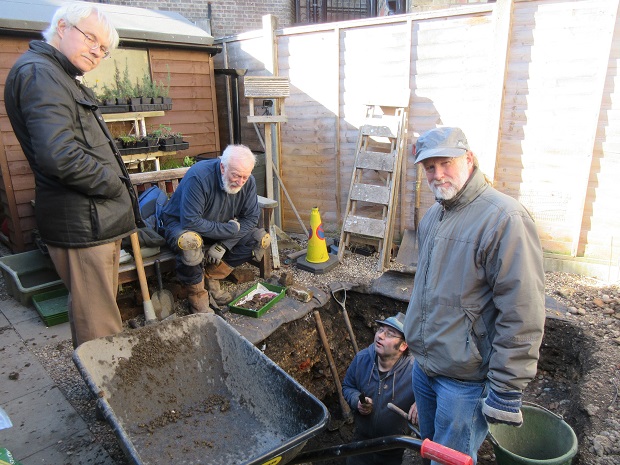

Pieces of medieval pottery and broken roof tiles have been discovered during a three-day archaeological dig at the rear of traditional sweet shop Hopscotch at 88 Barnet High Street.
Continue reading Archaeologists turn up fragments of everyday life from medieval times in Barnet
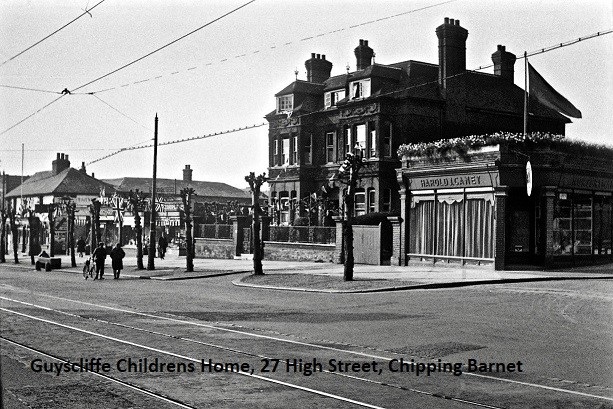

Family history enthusiasts might be able to help in the search for memories, reflections or even photographs of school days in Barnet in the 1920s and 1930s.
Continue reading Appeal to family historians: looking back at school days in Barnet 100 years ago
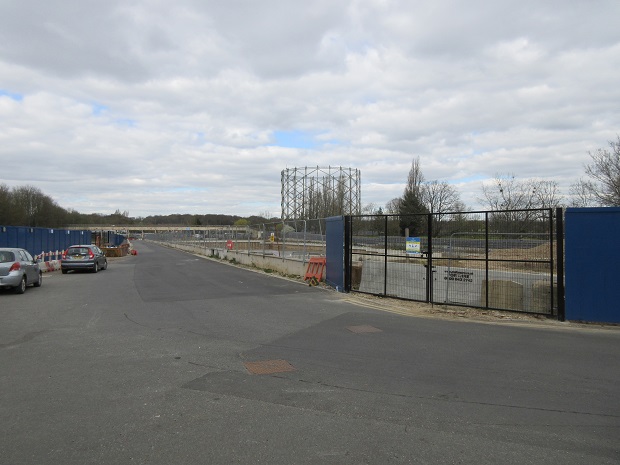

A second attempt to get approval for an enlarged development of blocks of flats on the former gas works site at New Barnet has been refused — and for now Barnet’s largest brownfield site will continue to remain unused.
graham posted a comment on Public consultation on proposed new house in Christchurch Lane spinney
JG Baffoon posted a comment on High Barnet Place planning application refused by 8 votes to 1!
Klaudia posted a comment on High Barnet Place planning application refused by 8 votes to 1!
Linda O'shea posted a comment on High Barnet Place planning application refused by 8 votes to 1!